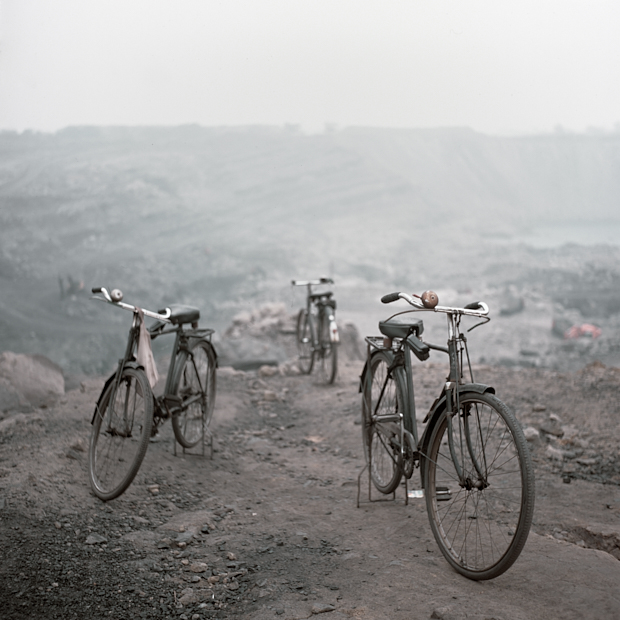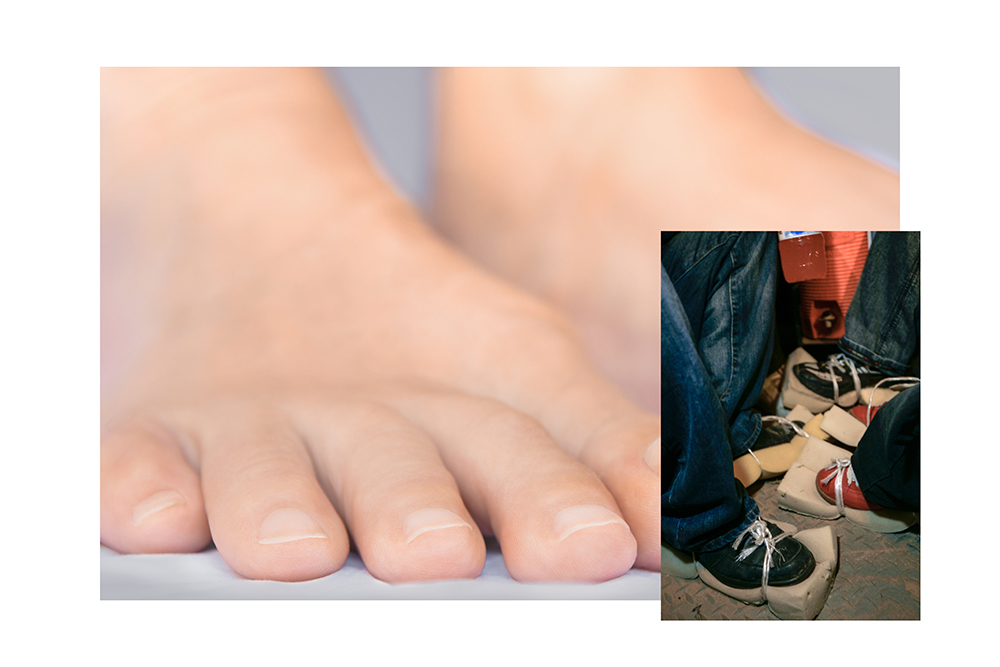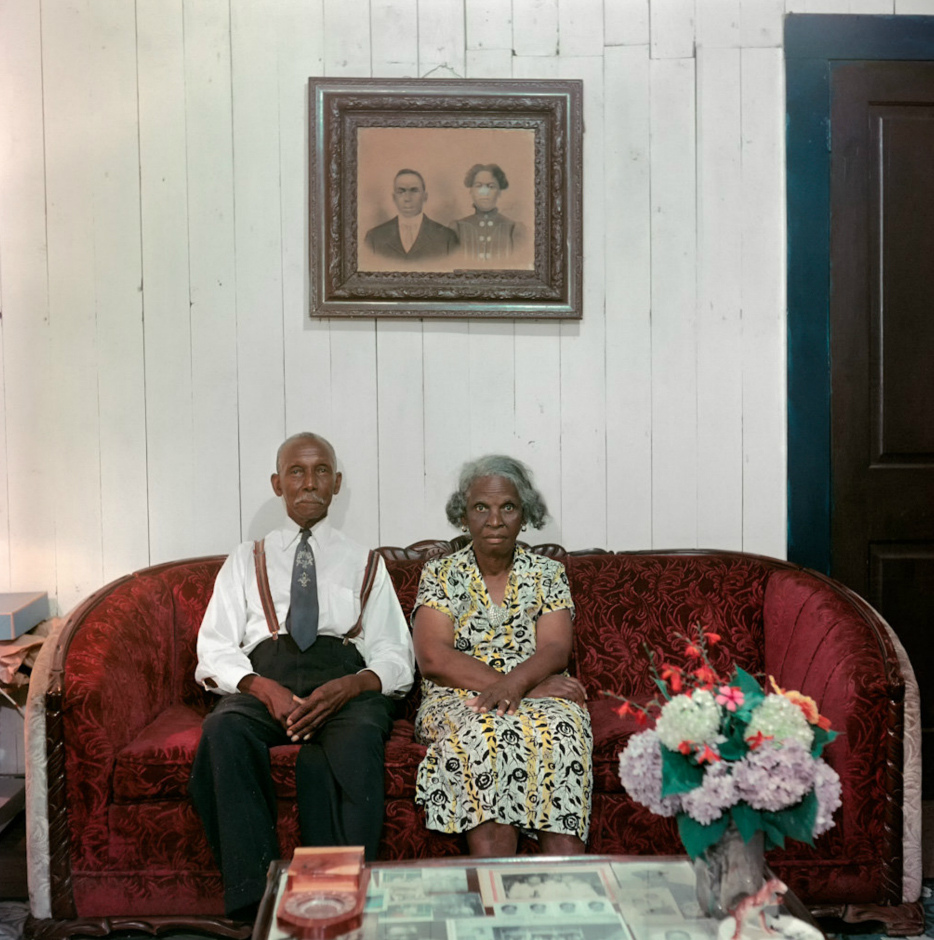
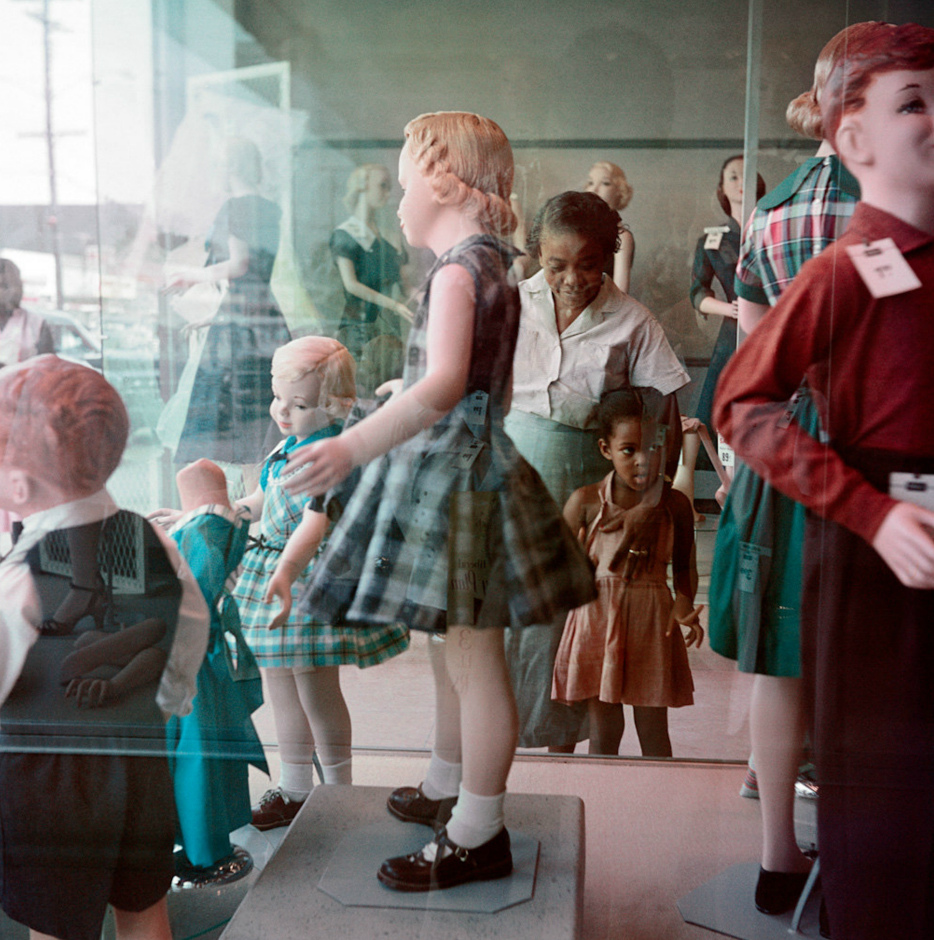
For this week's blog I chose Gordon Parks photos series 'Segregation Story' that took place in the 1950s segregated Alabama. His photos provide an insight into the daily lives and struggles of African Americans living in a Jim Crow south. This photo series inspired with what I'm trying to capture with the project I'm trying to do. The raw gritty nature of the photos provides an experience exposing the realities of segregation. The way the colors are so vibrant helps further that separation of each individual color. overall each individual photo provides a different glimpse of the lives of each individual subjects. I think this may be one of my favorites photo projects I've seen and I hope to look over more of his other works.
http://www.americansuburbx.com/2015/04/gordon-parks-segregation-story.html
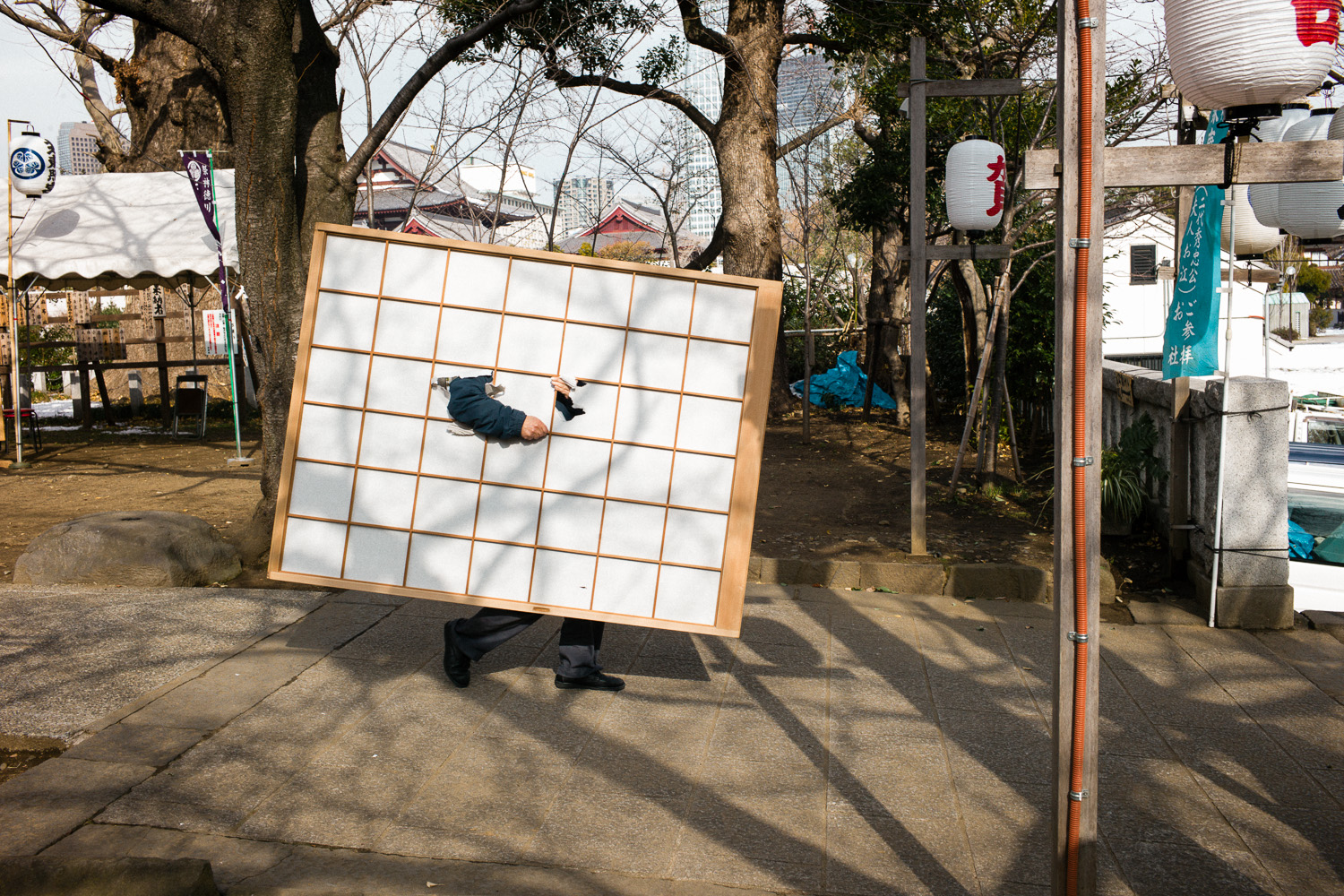
Shin Noguchi's Something Here showcases a set of bizarre everyday events. Each photo is unique and older than the next one, with this series specifically focusing on the everyday tasks people participate in every day, that somehow gone unnoticed. It's what we don't pay attention to and miss goes unnoticed. However, this photo series focuses on that theme of uniqueness into the day to day tasks, and the lives of blue collar workers. It gives us a glimpse into the everyday working class because each shot displays a different type of job a person can work in Japan. I Feel the use of color and framing in different shots, and composition it further strengthens those themes.


















